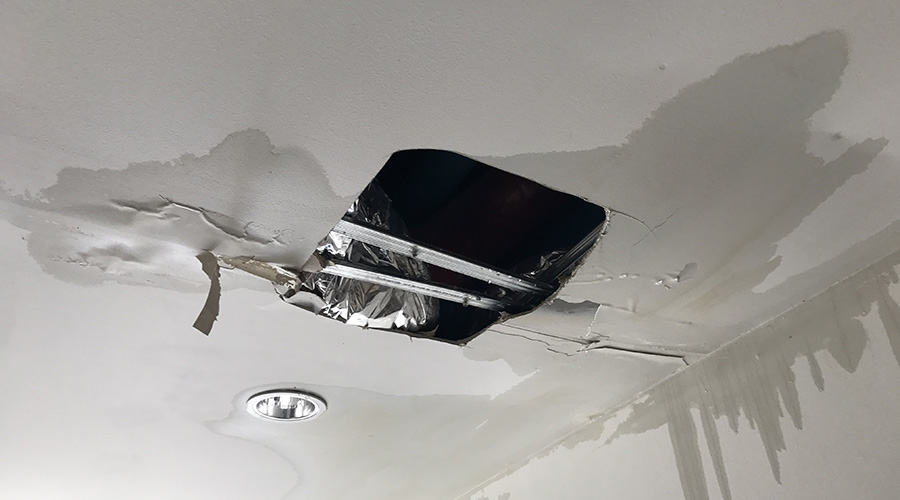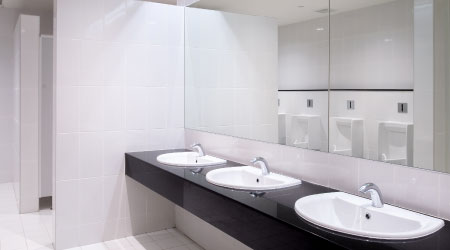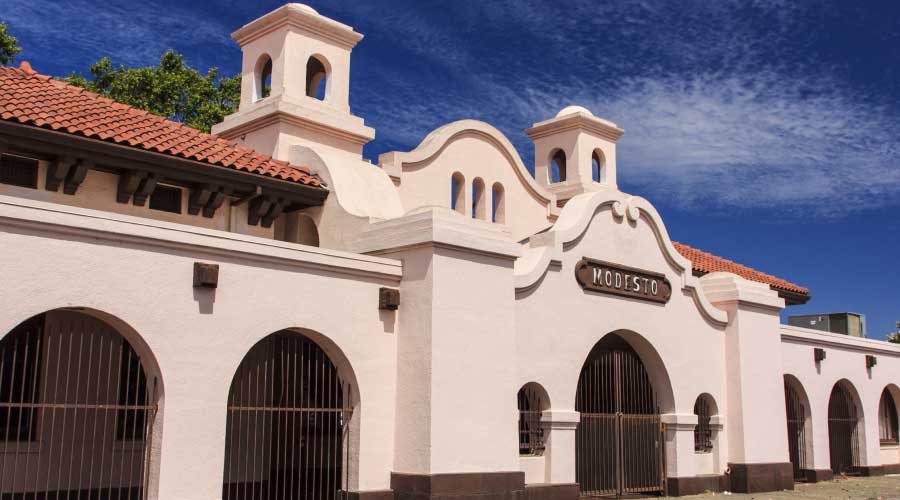Low-Flow Fixtures Offer Simple way to Savings
Hot water that travels through long, uninsulated lines from a hot-water heater generally encounters several sources of energy loss. First, the water in the tank must remain at an elevated temperature so it is available when occupants demand it. The tank is temperature-regulated, so, as the water cools, the gas or electricity is on until the temperature of the water returns to the set point.
Second, when the faucet is turned on — think about using the sink in the morning and running the water until warm water comes out — the cold water in the line goes right down the drain until hot water comes out of the faucet.
Third, heat loss occurs due to the transfer of heat from the hot water to the walls of the pipe, especially with uninsulated hot-water lines passing through cold areas.
Looking for trouble
There is no substitute for vigilance when it comes to strategies for curtailing the use of both water and energy. Those barely noticeable little drips from faucet fixtures, toilets that keeping making noise long after use, and condensation on piping are signals the money meter is on.
The only noise might be little more than a hissing or plunking sound, but it pays to have a technician check if the noise is coming from a faucet, showerhead, toilet, or urinal. Sometimes, the water flow is hardly noticeable — just a drop every few seconds. But the water waste from a leaky valve adds up to major losses when the leak continues month after month.
Condensation on the outside of a sanitary drain might indicate running water is going down the drain in a continuous stream. This problem can arise when a toilet valve is leaking in a rarely used restroom, or only a small leak is occurring, and it might go undetected for a long time.
One tipoff is moisture condensing on the outside of sanitary drain lines far from the restroom on warm days. Since the temperature of city or well water is normally around 60 degrees, if it flows continuously through a drain line, it is cold enough to cause condensation on the outside of a line as it flows through the sanitary waste line to the sewer. A trace of all the fixtures collecting into that drain can reveal the culprit.
Upgrading for savings
Beyond a comprehensive maintenance plan to keep systems operating efficiently, a continuous improvement program also is essential. Due to higher energy and higher water rates and the limited capacity of the utility companies, it is a necessity. Cost-effective upgrade programs are a necessary component of the complimentary strategies to curtail the use of both water and energy.
Examples of common upgrades include: installing 1½ gallons per minute (gpm) faucet aerators to replace older 3 gpm models; sensor-activated electronic faucets; low-flow showerheads; upgraded low-flow electronic toilet and urinal valves; waterless urinals; sensor-activated, short-cycle hand dryers; and pressure wash-and-vacuum dry custodial cleaning equipment.
Such projects come with caveats. If managers plan to upgrade a toilet valve to a low-flow type, check with the manufacturer to make sure the older-design bowl will work with the new valve. In some cases, the old bowl designs with a low-flow valve will not remove all the solid waste. Also, know the product. Cases have occurred in which a new high-pressure flush design has caused the bowl to shatter during use.
It is a good idea to check a particular product for complaints and recalls before purchase. Managers can do this by contacting the technical support department for the product and providing the brand, make and model number, or managers can search the web for technical specification sheets.
Related Topics:














